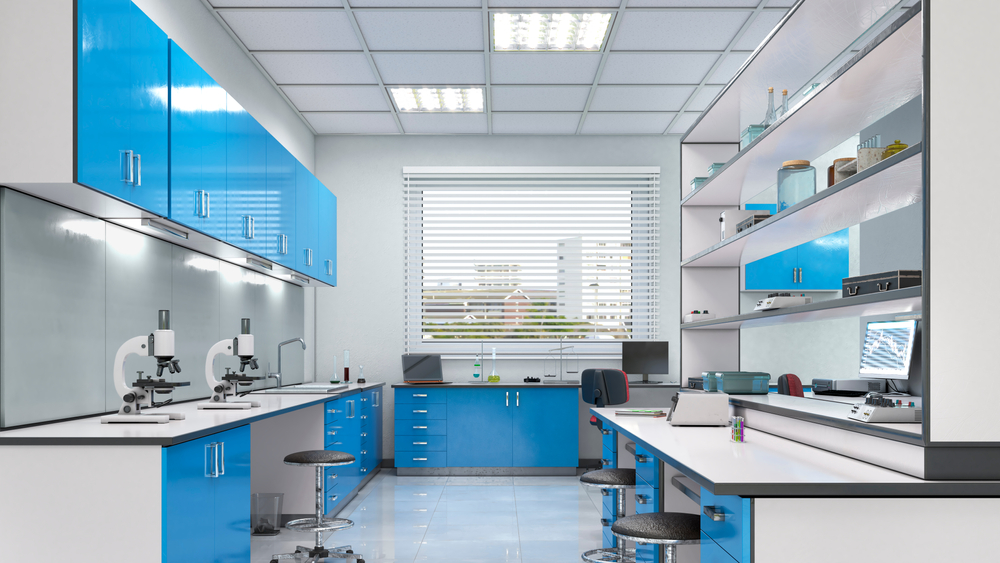
The world of scientific research and experimentation is constantly evolving, and many laboratories offer limited space. Optimizing compact areas without compromising functionality is typically a significant challenge. The efficient use of small spaces within a laboratory is a major concern, which requires careful consideration when selecting storage options. Among these options, lab cupboards and casework play a crucial role in maximizing space efficiency.
In this article, we are delving into the intricate aspects of optimizing laboratory space by incorporating lab cupboards in compact areas. From under-bench cabinets to innovative storage solutions, we explore a spectrum of options designed to enhance functionality, space efficiency, and ergonomics.
In the ever-increasing lab dynamics, the choice of lab cupboards is a key factor in ensuring seamless workflows to maintain environments conducive to scientific breakthroughs.
Factors to Consider When Selecting Lab Cupboards
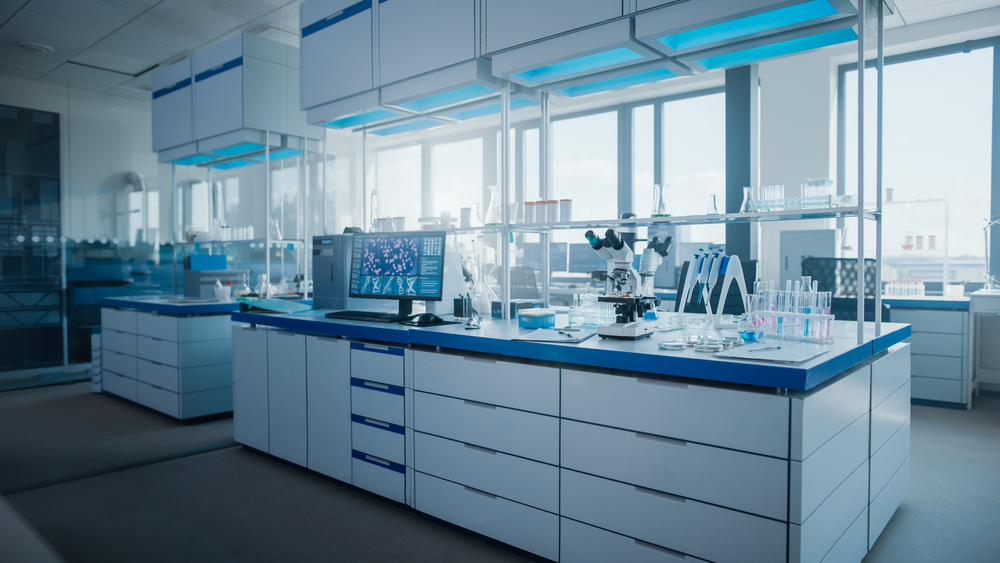
The primary goals of laboratory facilities are always accuracy and efficiency. However, reaching those goals can be a major challenge in labs that offer limited space. Choosing cupboards and casework for a compact laboratory involves careful consideration of various factors to ensure efficient space utilization, functionality, and safety.
Here are the key factors to keep in mind:
1. Lab Layout and Workflow
Understanding the laboratory’s layout and workflow to identify high-traffic areas and essential workspaces is crucial. With that knowledge, placing the cupboards in a way that maximizes accessibility and minimizes disruption to workflow can be achieved.
2. Storage Needs and Flexibility
Assess the types of equipment, materials, and tools that require storage. Consider cupboards with adjustable shelving and modular configurations to cater to various storage requirements.
3. Create Designated Storage Spaces
Designating areas for general supplies can save time when searching for items used regularly. Keep general supplies in designated areas of the lab, so everyone always knows where to find items.
Stocks of many laboratory supplies deplete quickly and must be topped up frequently. Keep current supplies on hand at eye level in an easy-to-access location, and designate a separate space to store extra supplies. When a new shipment of lab supplies arrives, it is placed in the designated storage cupboard until current supplies run out.
4. Lab Safety and Regulations
Select cupboards that comply with industry standards and safety regulations. Consider features such as locking mechanisms for securing hazardous materials and ensuring compliance with chemical storage guidelines.
5. Customization and Adaptability
Consider customizable cupboards that can be tailored to fit specific lab requirements. Modular systems, that allow for easy reconfiguration as research needs evolve, are one more option.
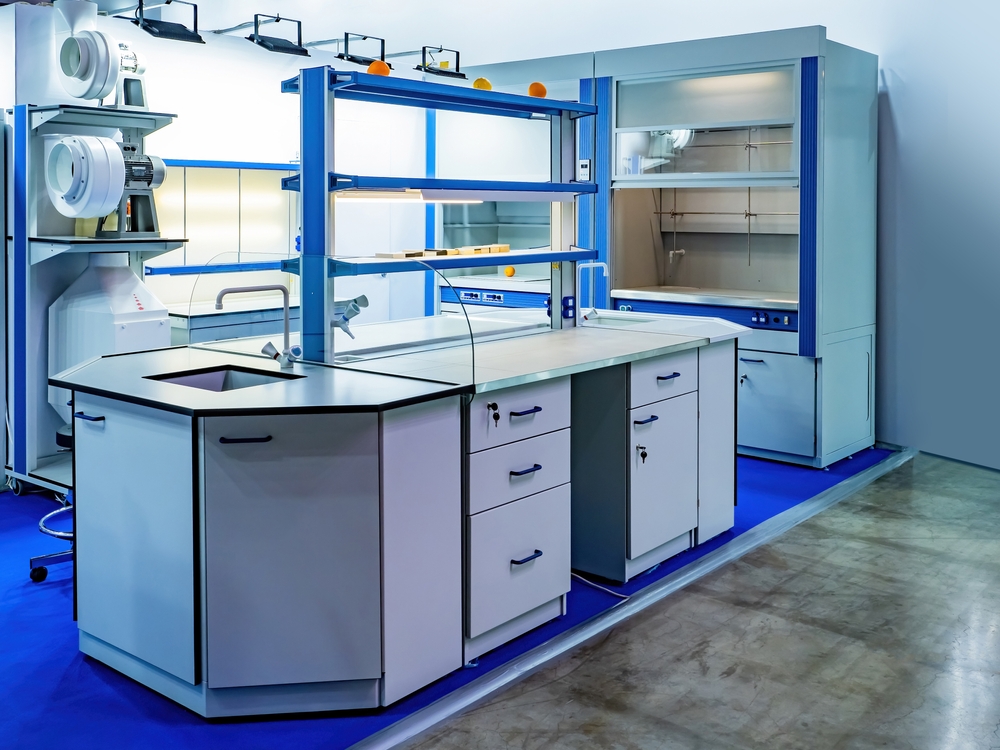
6. Space-Saving Designs
Explore space-saving designs such as under-bench cabinets, wall-mounted units, and foldable storage to maximize floor space. Consider innovative solutions like retractable storage or integrated workstations.
7. Durability and Materials
Select casework made from durable materials that can withstand the demands of a laboratory environment. Ensure resistance to corrosion, chemicals, and other potential hazards.
8. Accessibility and Ergonomics
Prioritize cupboards with user-friendly features, including easy-to-open doors, ergonomic handles, and smooth drawer mechanisms. Optimize accessibility to frequently used items by placing them within arm’s reach and easy to use by both right-handed and left-handed people.
Remember, there have been and are many well-known left-handed scientists like the renowned physicist Albert Einstein, Marie Curie, and more.
9. Aesthetics and Integration
Consider the visual appeal of cupboards and their integration into the overall lab design. Choose finishes and designs that contribute to a cohesive and professional laboratory environment.
10. Ventilation and Airflow
Choose cupboards with built-in ventilation systems for storing materials that require ventilation. Ensure proper airflow around equipment and storage areas to maintain a safe working environment.
11. Budget Considerations
Evaluate the long-term cost-effectiveness of cupboards in terms of durability and adaptability. Balance the desired features with budget constraints.
12. Future Expansion
Anticipate potential future growth and changes in research needs when selecting cupboards. Choose flexible storage solutions that can accommodate expansion without compromising efficiency.
Research and consider the reputation of cupboard manufacturers or suppliers. By carefully considering these factors, laboratories can make informed decisions when choosing cupboards and casework, ultimately maximizing the utility of compact spaces while maintaining a safe and efficient working environment.
A reputable company like Genie Scientific has the expertise and knowledge to ease the process by being involved from the planning stage to installation, and then providing continued support.
The Best Lab Cupboards to Maximize Space
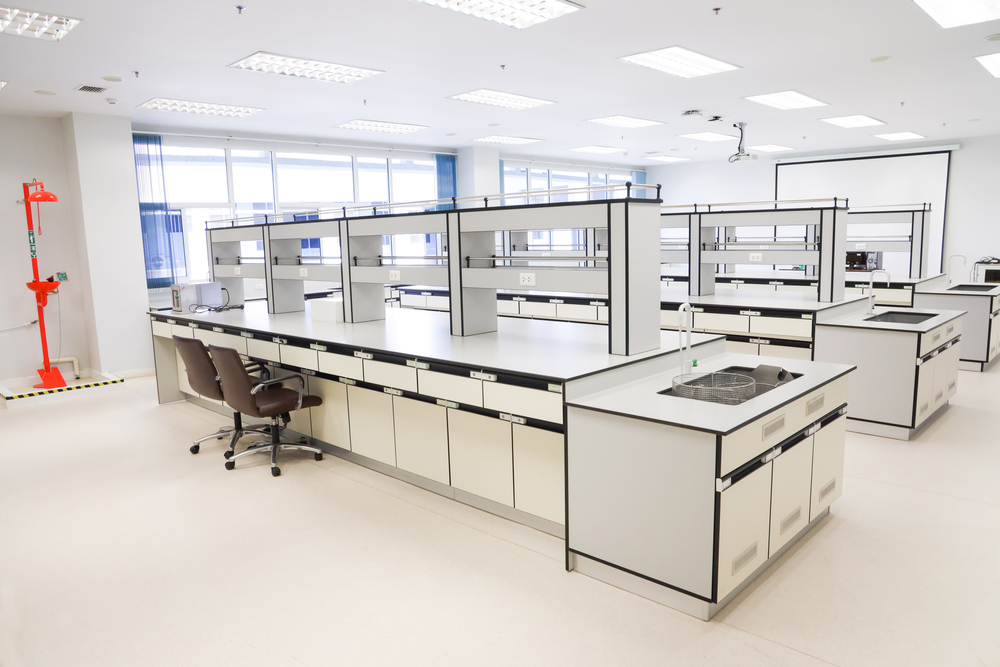
When it comes to maximizing space in a laboratory with limited room, selecting the right lab cupboards is as crucial as choosing fume hoods, tables, and workstations.
Space is limited in almost every laboratory, especially in small labs that use large lab furniture. Countertops can quickly become cluttered and disorganized in such situations. To minimize disorganization, it is critical to make use of all available space in a laboratory.
However, it is also crucial to select cabinetry built to withstand years of use, heavy loads, and harsh chemicals.
Here are some suggestions for the best lab cupboards for compact areas:
1. Under-Bench Cabinets
Under-bench or hanging cabinets are designed to fit beneath lab benches, making efficient use of the space below the work surface. Look for cabinets with adjustable shelves to accommodate various equipment and supplies.
2. Wall-Mounted Cabinets
Utilize wall space by installing storage cabinets directly onto the walls. This can free up floor space, make the lab feel more open, and provide storage at eye level. Choose cabinets with secure locking mechanisms to store sensitive or hazardous materials.
3. Mobile Cabinets
Mobile cabinets with casters offer flexibility, allowing lab workers to move them around as needed. This flexibility is beneficial in small spaces where reconfiguration may be required. Select cabinets equipped with brakes to guarantee stability when in a fixed position.
4. Modular Storage Systems
Modular lab cupboards provide flexibility in configuring storage spaces according to specific needs and available lab space. Consider adjustable shelving and drawers that can be customized to store different-sized items.
5. Specialty and Fume Hood Base Cabinets
These storage units should be selected for their functionality, including flammable storage, space for pieces of equipment, vacuum pumps, and acid or corrosive products.
6. Vertical Cabinets
Despite a limited amount of space, more storage can be obtained by using vertical space to streamline your lab’s organization. To maximize available space in the lab, consider lab cupboards with vertical storage. This is particularly useful for storing glassware, chemicals, and equipment.
7. Corner Cabinets
Corners are often wasted spaces that offer valuable storage ideas to maximize storage without taking up valuable real estate on the walls or floors of the lab.
8. Overhead Storage
Overhead cabinets or shelving units can be installed above workbenches and other lab furniture to store items that are not frequently accessed. Ensure easy accessibility with sliding or hinged doors.
Customized Storage Systems
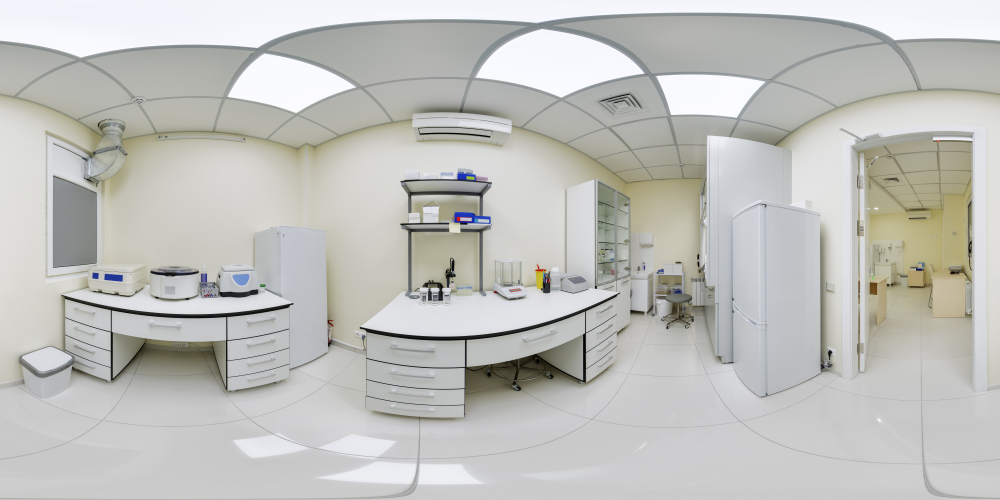
Consider custom-built cabinets that are specifically designed to fit the square footage, requirements, and budget of your lab.
The following includes just some customized features typically available:
- Sliding Doors: Sliding door cabinets are a space-saving option compared to lab cupboards with swinging doors. They are ideal for narrow aisles and tight spaces.
- Stackable, Foldable, or Retractable Storage: Some innovative solutions include foldable or retractable storage units that can be expanded or collapsed based on the need for space. Freestanding stackable units offer additional storage when necessary.
- Integrated Workstations with Storage: Combine storage solutions with workstations to create integrated and efficient lab setups. Choose designs that incorporate pull-out drawers, cabinets, and shelving directly into the workspace.
Working with laboratory furniture manufacturers that offer customized solutions tailored to your specific space requirements has countless benefits.
They will build it, source it, or a combination of both, ensuring a seamless installation of cabinets made from durable materials that can withstand the demands of a laboratory environment.
Furthermore, picking a reputable team of experts will ensure that the selected cabinets comply with safety regulations and guidelines for storing hazardous materials.
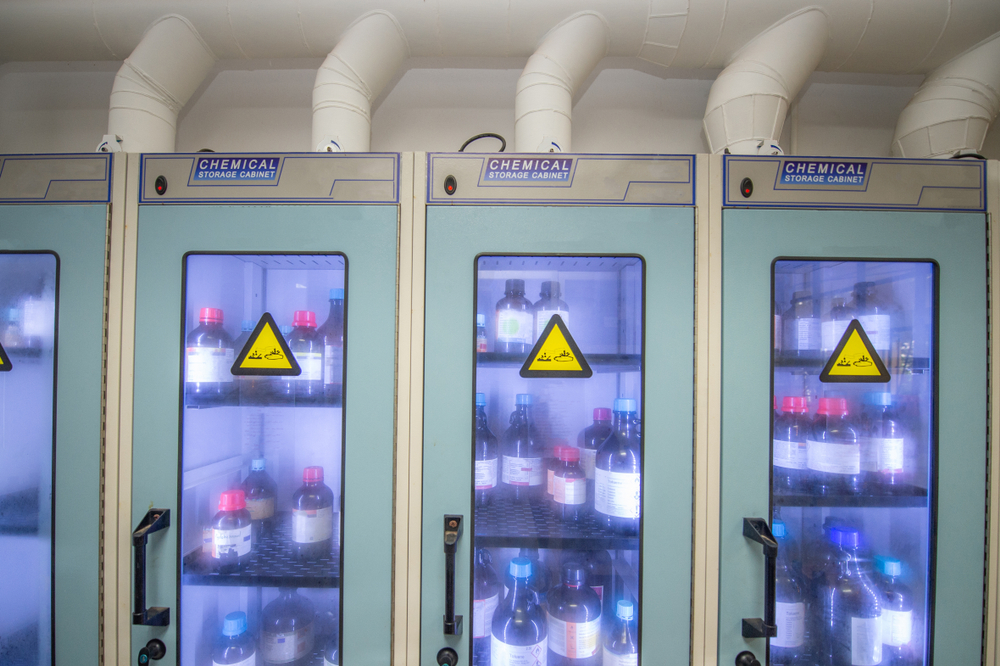
Bottom Line
The significance of effective space utilization within laboratories cannot be overstated in the pursuit of scientific excellence. Finding the best lab cupboards for compact areas is not just a matter of convenience, but an essential element in fostering an environment conducive to innovation and discovery.
By investing in thoughtfully designed storage solutions, such as under-bench cabinets, wall-mounted units, and mobile storage, laboratories can transform confined spaces into productive centers. As technology advances and research methods evolve, the adaptability of lab cupboards becomes increasingly critical.
In concluding our exploration of maximizing space within laboratories, it is evident that the careful selection of lab furniture is a strategic investment, paving the way for enhanced organization, safety, and, ultimately, scientific progress in even the most confined research spaces.




